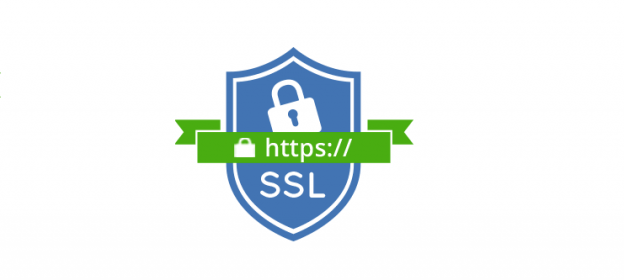Websites which had not been dealing with ecommerce transactions or sensitive data like patient health records or financial data like customer banking information never bothered much about HTTPs or SSL. But things have changed now, and Google itself recommends securing all websites with these protocols. This is not only going to be important for sites which wish to have higher rankings in search engines, but it also means that customers will be expecting all sites to have these certifications for data security. So, site security no longer remains the concern for only those dealing in online financial transactions. It is a much needed measures for businesses which are keen to optimize their SEO performance and enhance credibility amongst visitors.
How can you describe website security?
A website can be called secure only when many areas have been considered. What one will look for primarily is whether the site has SSL certification. SSL means Secure Socket Layer which is a standard technology capable of establishing an encrypted connection between the browser and a web hosting server. Here, the URL will be prefixed with an extra S besides the regular HTTP. This SSL certification will ensure that all data which is shared between you and the site which you view or interact with is completely secure.
Whatever information you give to a website may be interpreted by an attacker in transit. So, SSL will encrypt this data which you give to a site in such a way that even if the data gets intercepted in transit, it cannot be read. SSL had always been considered imperative for websites which processed transactions involving sensitive or confidential information like credit card details. But today, it has become the standard certification for all sits in general, even those which may not be handling sensitive data.
It was in 2014 that Google introduced HTTPS everywhere and suggested that sites which used this would also be given better rankings. However, in spite of this incentive, not every website turned to this protocol. The ecommerce sites which had been using HTTPS continued to be the only ones following Google’s recommendation. However, in 2016, Google update the Chrome browser and explicitly identified those sites that were not using HTTPS as being “unsecure”. There are many desktop browsers like Chrome, Firefox, and Internet Explorer which show the lock icons signaling that a certain site is secure through HTTPS. This is making online surfers more and more conscious about the need to visit only secure sites. They know that when a site is using HTTPS, it is credible and professional.
How to secure your site with HTTPS and SSL:
To ensure that the site is secured with HTTPS, you must have the SSL certificate installed properly on the server. You must also confirm that web pages in your site have been converted to HTTPS versions. It is also easy to find out whether the SSL has been installed correctly or not. When you type https:// in the address bar and give your domain name you must be able to see the lock icon which means the SSL has been installed.
Besides ensuring that the SSL has been set up properly, you must also ensure that all the pages have been changed to the secure HTTPS versions. If this does not happen, the site will never be regarded as being “secure” by Google. So, you can achieve this through proper configuration of the server, using redirects and testing. To make sure the pages have been redirected to the HTTPS version, you may try to use the earlier HTTP version to see if they are getting redirected.
Google may be concerned about making your website secure and that is why you resort to HTTPS and SSL. But, besides Google, your own users will also benefit from this change. When your site pages fail to redirect to HTTPS versions, it means that the data on your site is not completely secure. In short, it is exposed and can be intercepted by someone with a malicious intent. This data may be obtained from chats, forums, logins or browsing behaviors. No business owner will be willing to take such risks and expose his clients and business to that kind of danger.
So, online shopping or online banking would never be feasible if there was no way to make sensitive data like usernames, passwords or credit card details safe from cyber criminals. At the same time, HTTPS will protect your data when it is transit but not at rest, when it is stored inside files. So, you must also have proper ways to store information securely on the website itself. This all the more vital because criminals today can get HTTPS certificates from CA or Certificate Authority and imposter sites often show the HTTPS URL with padlock icon. What is worrisome is that these imposter sites are quite capable of infecting user desktops with malware.






 Live Chat
Live Chat
